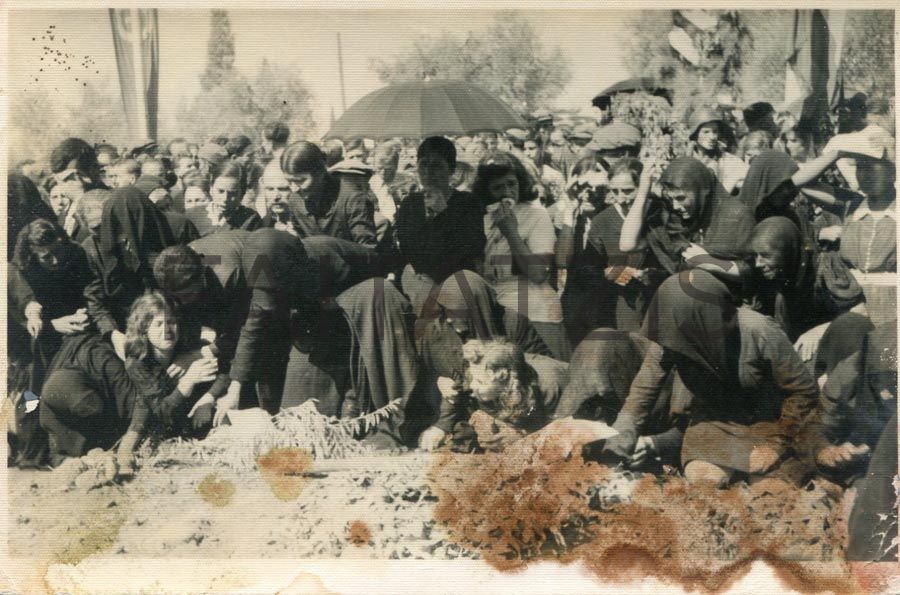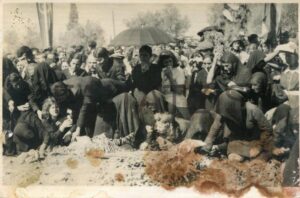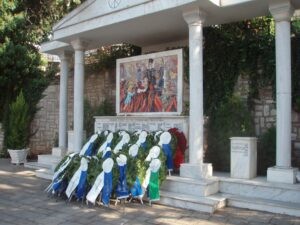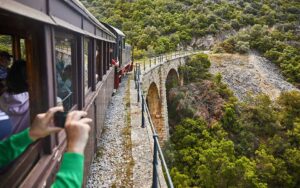
When we think of ancient Greece, images of temples and philosophers usually come to mind. But nestled beneath the lush hills of Samos lies a tunnel that tells a different story—one of engineering genius, bold design, and mathematical precision. The Tunnel of Eupalinos is more than a tourist attraction—it’s an ancient Greek engineering marvel that continues to inspire modern minds.
🕰️ The Vision of Tyrant Polycrates
Around the 6th century BC, Samos was under the rule of Polycrates, a powerful tyrant determined to improve the island’s infrastructure. One major issue? Water. The city needed a secure and hidden way to channel fresh water from the mountains to its center—protected from enemies and sieges.
To solve this, Polycrates commissioned the engineer Eupalinos of Megara. His mission? Carve a tunnel straight through Mount Kastro—over 1,000 meters of solid limestone. The outcome? One of the most astonishing engineering projects of the ancient world.
🔍 Precision Underground: What Makes It Special?
Unlike most tunnels dug from one side, Eupalinos chose a radical method: two teams would start at opposite ends and dig toward each other, with no modern instruments to guide them. Against all odds, the two paths met—only slightly misaligned vertically, which was corrected during final excavation.
This feat places the Tunnel of Eupalinos among the earliest known examples of applied geometry and trigonometry in civil engineering—one of the main reasons it is dubbed an ancient Greek engineering marvel.
📐 Architectural Brilliance and Method
The tunnel is about 1,036 meters (3,400 feet) long, roughly 1.8 meters high, and 0.9–1.5 meters wide. It follows a steady line through the mountain, with remarkable alignment.
Inside the tunnel is an open water channel that carried clean water from the Agiades spring to the ancient city of Samos. Eupalinos also accounted for maintenance, ensuring parts of the tunnel allowed for repairs without interrupting the water supply.
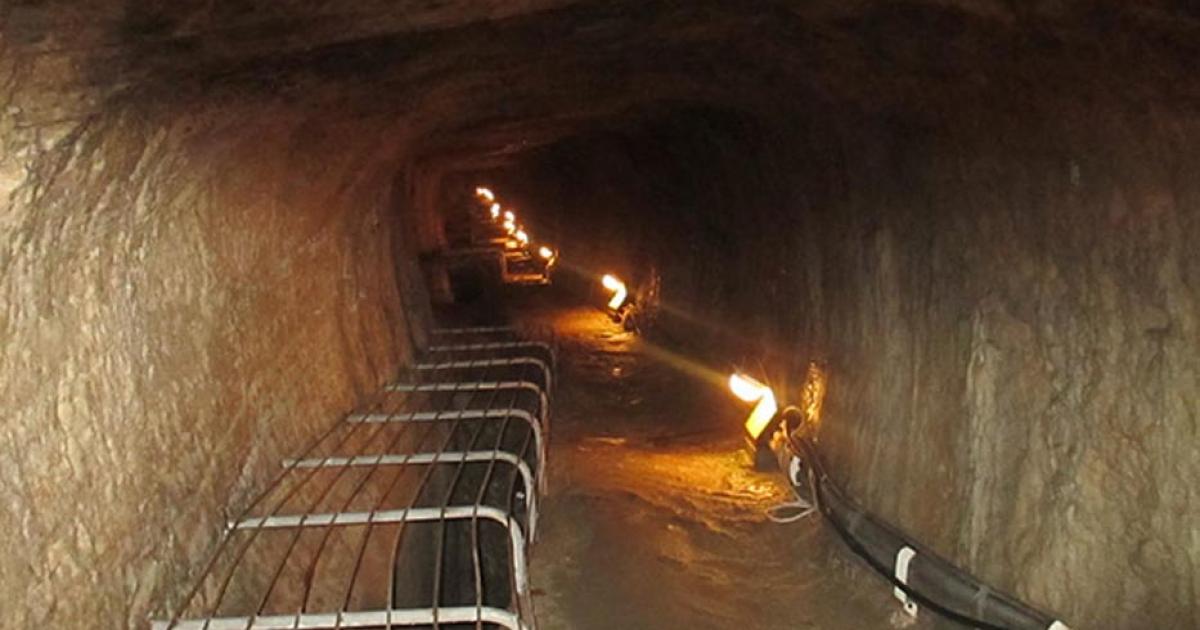
🗺️ Visiting the Tunnel Today
Today, visitors can explore portions of the tunnel—accessible from Pythagoreio. Tours guide you through dim corridors with preserved limestone walls, offering a hands-on experience of ancient engineering.
Practical info:
-
Bring a flashlight or headlamp.
-
Closed shoes and a light jacket are recommended.
-
Claustrophobics may find the tight space challenging.
For updated visiting hours and ticket details, refer to the Ministry of Culture and Sports – Greece.
🌍 Outbound Resources
To enrich your understanding of this site and its historical context, consult:
🧠 What the Tunnel Teaches Us
The Tunnel of Eupalinos stands not just as a feat of digging, but as a symbol of ancient innovation. It reflects how Greek engineers used observation, basic tools, and critical thinking to solve complex problems—a cornerstone of human progress.
Modern civil engineers and historians study the tunnel as a reference point for early symmetrical construction. It showcases the transition from trial-and-error building methods to deliberate, math-based design.
🧭 Eupalinos and Modern STEM Education
Several European universities include the tunnel in their case studies for civil engineering and architecture students. Its legacy serves to inspire future engineers and designers with its blend of elegance, functionality, and daring.
In fact, the site has been nominated as a UNESCO World Heritage Site and is recognized for its unmatched contribution to early scientific thought.
🧳 Travel Tips: Combining History and Leisure
While visiting the Tunnel of Eupalinos, make the most of your Samos trip:
-
Stay in Pythagoreio: A charming town with waterfront cafes and archaeological sites.
-
Visit the Heraion of Samos: Another iconic ancient site on the island.
-
Enjoy hiking: The nearby trails offer stunning views and quiet nature escapes.
-
Taste local wine: Samos is known for its sweet Muscat wines—perfect after a historical adventure.
❓ FAQ – Tunnel of Eupalinos, Samos
Q: Why is the Tunnel of Eupalinos considered a marvel?
Because it was dug from both ends using geometry and met in the middle—over 2,500 years ago.
Q: Can I walk through the entire tunnel?
Only part of it is open to the public due to safety and preservation reasons.
Q: What tools did they use to build it?
Simple hand tools, chisels, and mathematical calculations guided by observation.
Q: Is the tunnel part of a water system?
Yes. It originally served as a secret aqueduct to protect the city’s water supply.
Q: When is the best time to visit?
Spring and early fall are ideal for avoiding summer heat and crowds.
🏁 Conclusion
The Tunnel of Eupalinos is more than a dark passage through rock. It is a shining example of ancient Greek engineering marvel—a structure that reminds us of how brilliance, determination, and creativity have always been a part of human history. If you ever find yourself in Samos, step inside this underground wonder—and walk through a corridor of ingenuity that has stood for millennia.


